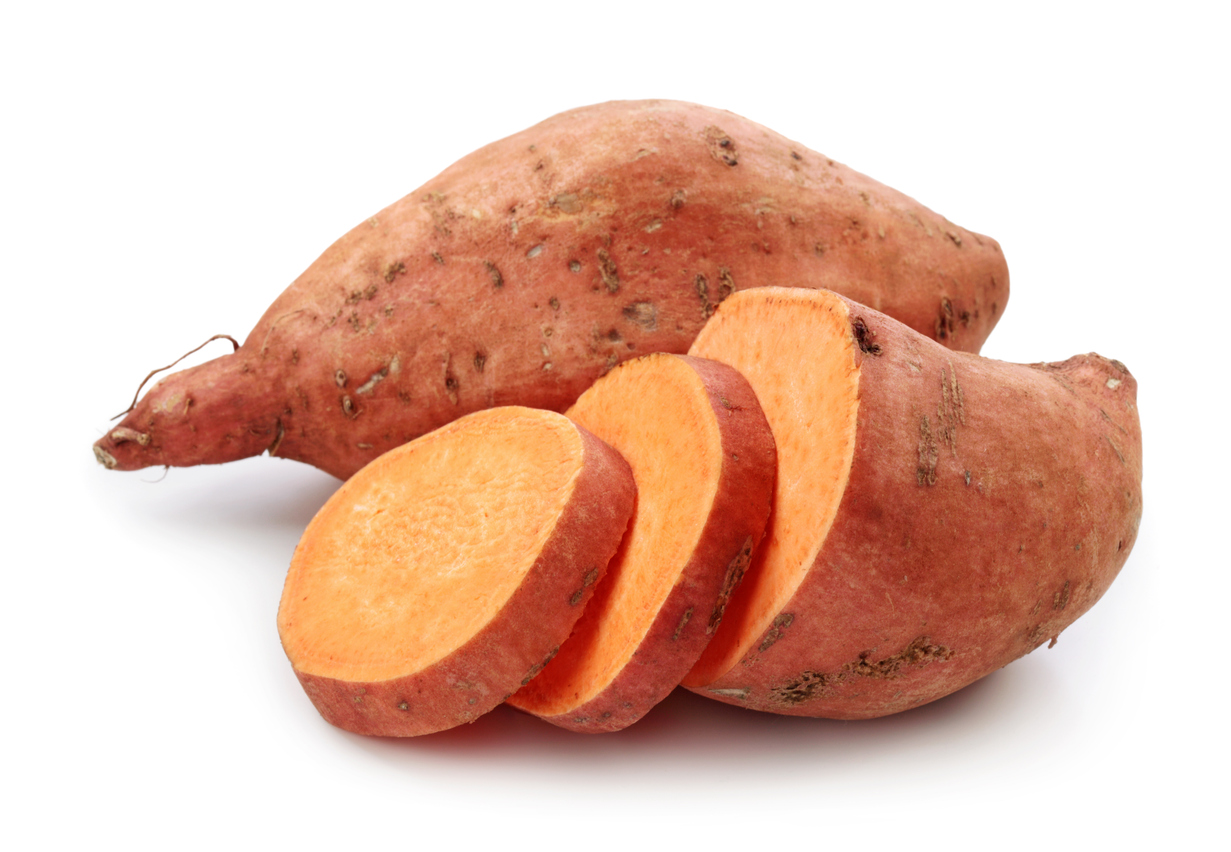New research has cast doubt on the theory that the presence of sweet potatoes in Polynesia indicates early contact with South America, but New Zealand experts aren’t convinced.

Using genetic evidence, the researchers suggest sweet potatoes are at least 800,000 years old, far older than even early humans, and say the plants dispersed naturally around the Pacific before humans arrived on the scene.
But New Zealand experts question the conclusions of the study and call for more robust evidence before reconsidering the theory of early contact between South America and Polynesia.
Joint statement from Professor Lisa Matisoo-Smith and Dr Michael Knapp, both from the Department of Anatomy at the University of Otago.
“The paper addresses two fundamental questions regarding the origin and dispersal of the sweet potato (Impomoea batatas):
- Did the sweet potato evolve once or multiple times and what species were involved in its origin?
- How did the sweet potato, a crop of American origin, come to be widespread in Polynesia before European arrival?
“As far as we can tell, the authors and their data answer the first question well – they have found reasonable DNA evidence suggesting that the sweet potato likely evolved once, from the wild Ipomoea trifida. This is indeed an important finding, as the authors point out, as it has implications for food security and the ability to look to appropriate wild sources from which to introduce new genetic variation into this important food crop.
“Unfortunately, it seems that they thought that, with the inclusion of one additional sample, they might be able to address question number two, and it is here that this paper runs into problems. The data used to address the issue of how the sweet potato got to the Pacific consisted of chloroplast and nuclear DNA obtained from a plant specimen collected in 1769 in Tahiti by Joseph Banks and Daniel Solander, who accompanied Captain James Cook during his Endeavour expedition.
“This was a sample held in the Herbarium at the British Museum. While technically only 250 years old, this specimen is not fresh tissue and will have degraded DNA (DNA begins to break down as soon as an organism dies). Any DNA obtained from this sample needs to be treated with all of the precautions of ancient DNA. There are well accepted and published protocols for the extraction and sequencing of ancient DNA (the most basic of which include working in a spatially isolated and dedicated ancient DNA facility, running negative controls and undertaking independent replication of results) – none of which appear to have been followed by these researchers.
“Not surprisingly, they found an unusual number of DNA mutations in the Banks and Solander sample and from this, they calculated that the Polynesian sample must have been isolated from its source population for over 100,000 years. Humans have only been in East Polynesia for just over 1,000 years, so the authors conclude that the sweet potato dispersed to Polynesia naturally (carried by birds or floating on weed mats, for example). From there, they conclude that there is no evidence for pre-Columbian contacts between Polynesia and the Americas.
“So, the data that the whole argument is based upon is DNA from one sample that was produced without using standard ancient DNA protocols and analysed without using standard ancient DNA authentication methods. The data presented, to an ancient DNA researcher, ring alarm bells and appear very much like damaged and/or contaminated DNA. I would want to at least see replication before considering using it in further analyses. There are also technical issues with the actual phylogenetic analyses that would have a major impact on the date of divergence.
“In addition, much of the discussion regarding the likelihood of the sweet potato being introduced to Polynesia due to human contact as opposed to naturally (and the topic has been debated amongst anthropologists and archaeologists for decades) is the strong linguistic evidence. The Polynesian word, kumara, is derived from the Quechuan word, cumar (traced particularly to the Gulf of Guayaquil, in Ecuador, one of the centres of sweet potato domestication). Such linguistic evidence requires human contact and the authors mention this information but they do not account for it in their argument for natural dispersal. They also lightly brush off or do not mention a significant amount of other anthropological evidence for pre-Columbian contacts.
“While natural dispersal of the sweet potato is certainly possible, the data and argument presented are not convincing. Can their DNA result be replicated in an ancient DNA facility? There are multiple samples from that same Banks and Solander collection, including plants collected from New Zealand, held in the British Museum Herbarium – do they show the same pattern of genetic divergence? Is there any evidence of sweet potato starch, phytoliths or pollen found in soils that are over 10,000 years old, or even more than 1500 years old in Polynesia?
“We would like to see more robust data, ideally from multiple sources, presented before we can accept the data and reconsider the current interpretation that the sweet potato was brought to Polynesia by humans at some point around 1000-1200 AD.”
No conflict of interest declared.
